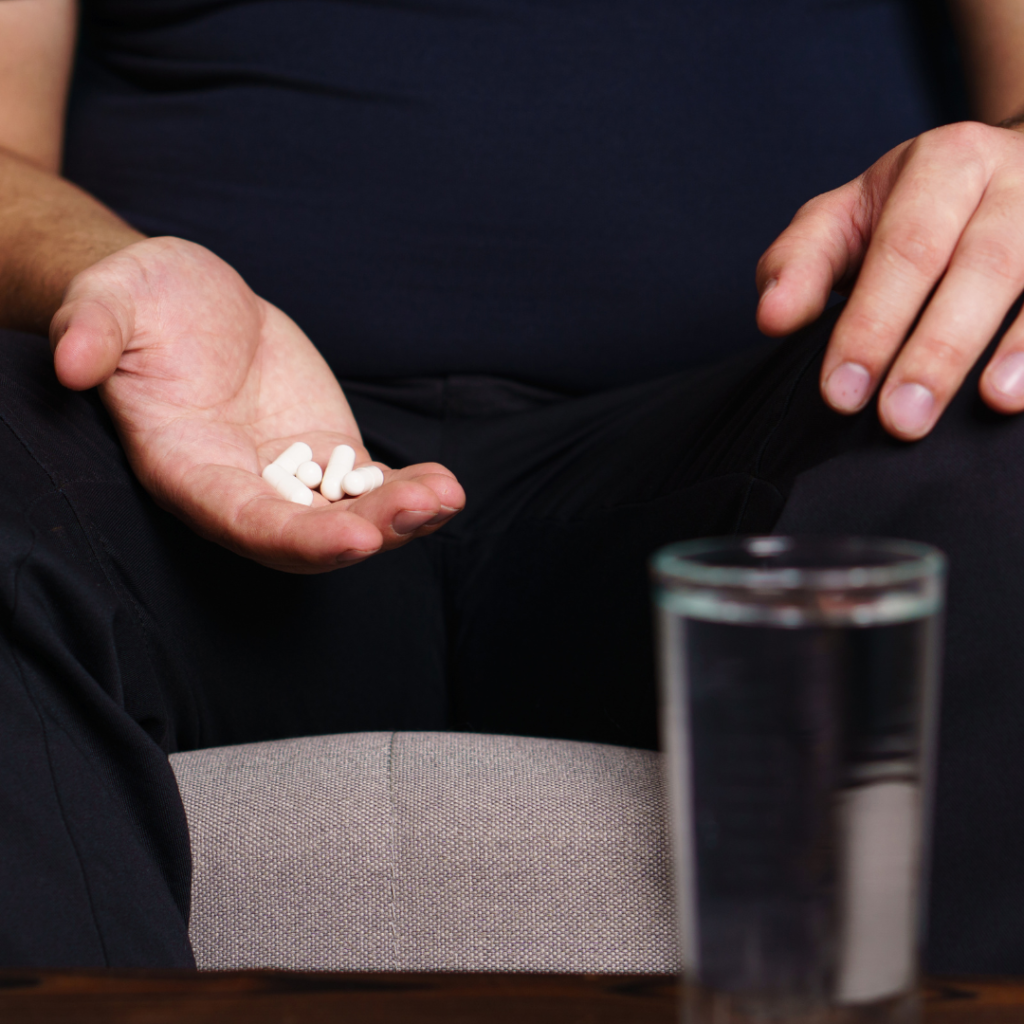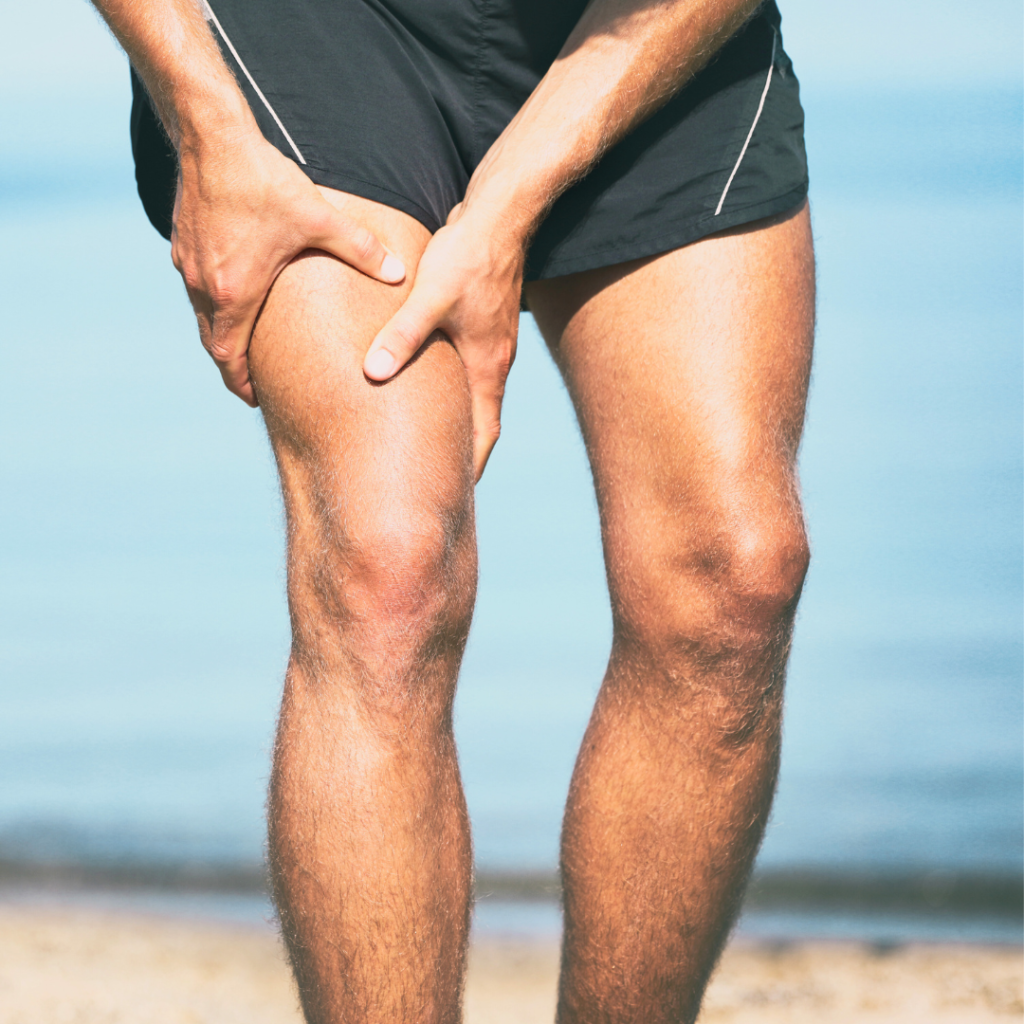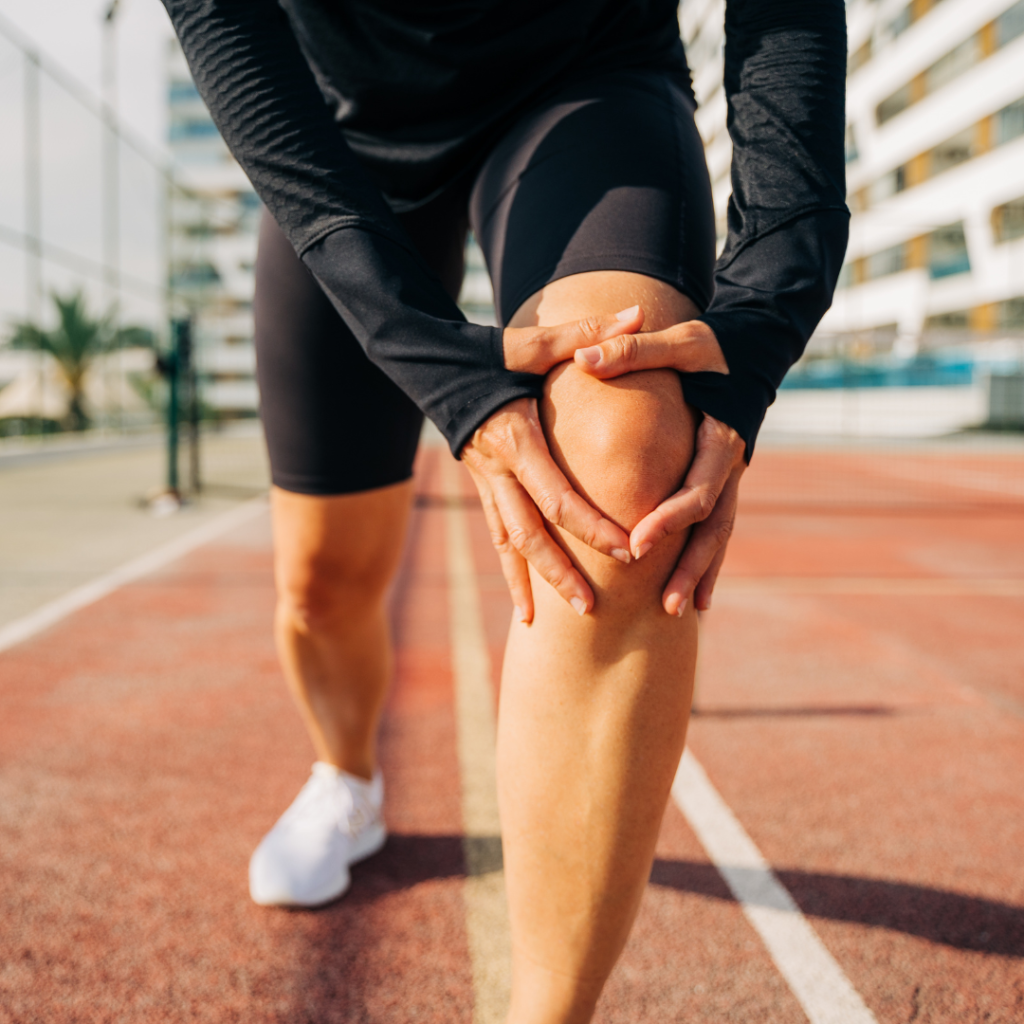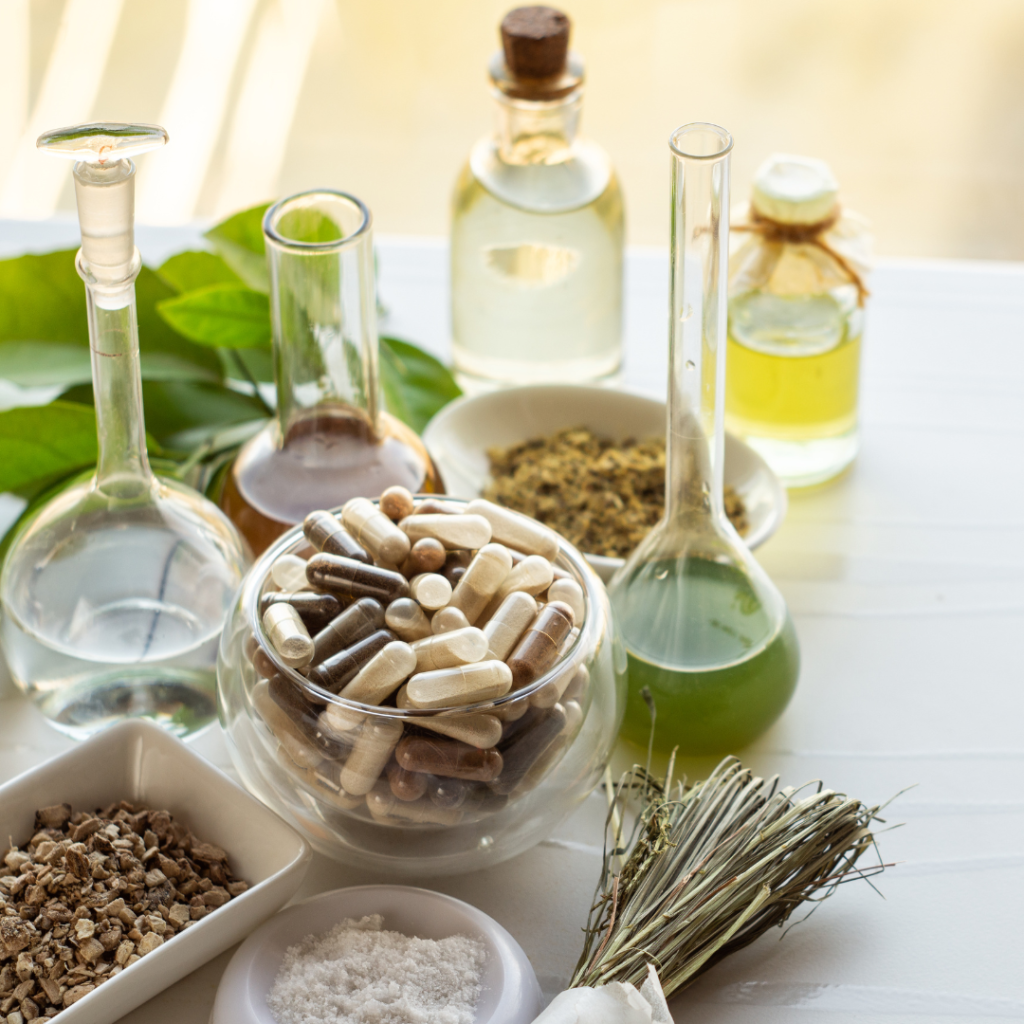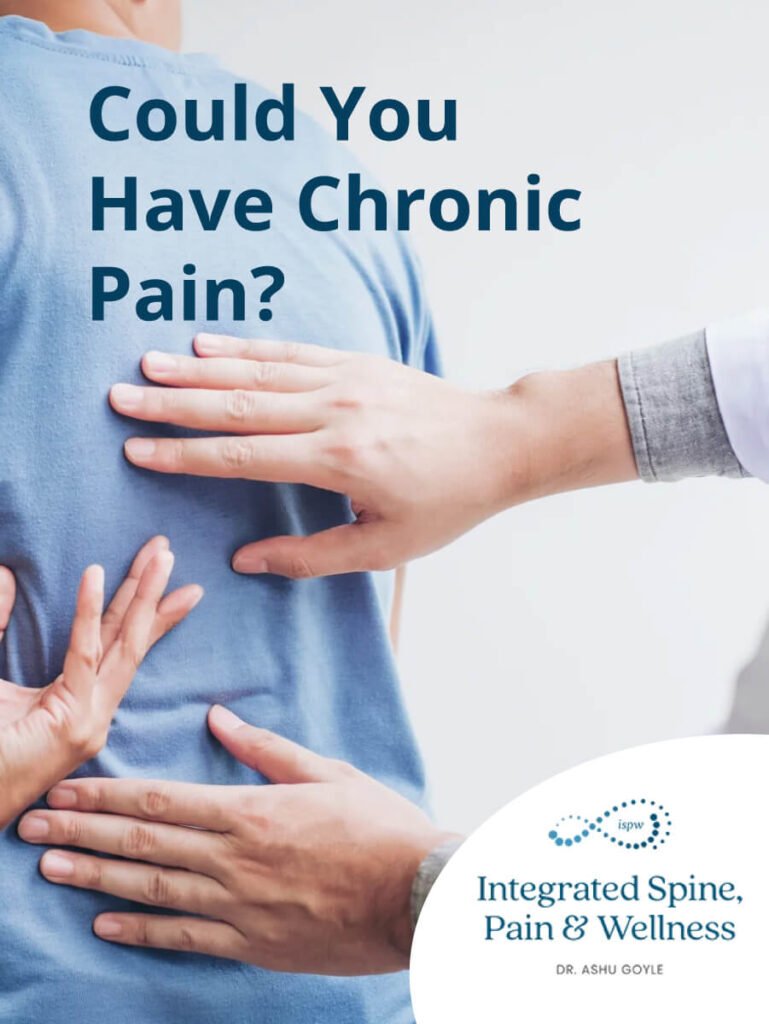Hello and welcome to this week’s Pain Perspective. I’m Dr. Ashu Goyle and today I wanted to give you a brief introduction to the exciting field of regenerative medicine and stem cell therapy and how they may be applied for use in pain management and aesthetic medicine.
Regenerative Medicine
The field of regenerative medicine has become very popular over the past few decades. Many people are aware of professional athletes who have undergone regenerative medicine procedures to treat injuries and have been able to return to their sport at a high level of function, sometimes avoiding the need for surgical intervention. You may also be aware of the aesthetic application of regenerative medicine made famous by the Kardashians who underwent the platelet-rich plasma (PRP) or Vampire facial.
With regenerative medicine therapies, we seek to recruit and enhance the body’s own inherent healing mechanisms to treat pathology as a result of trauma or injury, or the natural aging process. The goal of this therapy is to assist in the repair and restoration and healing of damaged tissue using autologous (your own) or allograft (from a human source other than your own) biologics. At ISPW we offer both types of treatments. Specifically, we offer PRP treatments where your own platelets are concentrated and then re-introduced into the area or areas we are treating. This can be applied to both pain treatments and also aesthetic treatments. We also after amniotic fluid which is an allogenic source of biologics.
Platelet-Rich Plasma – PRP
To harvest PRP, a small sample of blood is drawn into a specialized collection system and then centrifuged at high. This allows the platelet-rich plasma to separate from the blood and to isolate the growth factors and platelets. Because the blood drawn is used for a therapy treatment on the same patient, there is no risk of a transmissible infection or allergic reaction. These therapies are a safe, nonsurgical treatment option for most chronic pain conditions, and aesthetic abnormalities. At ISPW we use a state-of-the-art centrifuge that has been recognized as one of the leading devices in regenerative medicine (Apex Biologix). This is important as not all PRP is the same. APEX Biologix’s PRP Concentration System offers the best processing technique to maximize patient outcomes. The APEX Biologix system creates a highly-concentrated injectate of platelets and growth factors, which can be up to 9 times the baseline concentration of platelets obtained in a 6.5mL treatment. This system also profoundly reduces the number and presence of red blood cells which are known to lead to cartilage damage and advancement of degenerative joint disease. Platelets contain growth factors such as platelet-derived growth factor, epidermal growth factor (EGF), fibroblast growth factor, and connective tissue growth factor.
PRP and stem cells are used to help repair the tissue, calm osteoarthritic symptoms and decrease inflammation, implement healing in injured tendons, ligaments, muscles, and joints, and can be applied to various musculoskeletal problems. These treatments have the ability to slow down the loss of cartilage within a joint, preventing further wear on the flexible tissues at the end of a bone. PRP is also useful in decreasing the amount of pain and stiffness while improving the patient’s ability to function.
Many patients have been opting for PRP and stem cell treatments as a less invasive alternative to undergoing surgery. When the PRP is injected directly into the afflicted area it will generate a response in the joint to stimulate the formation of new cartilage as well as inhibit inflammation and slow down the progression of osteoarthritis. Patients are far less vulnerable to the risks that accompany surgeries when treated with PRP, such as the chance of infection and blood clotting.
Aesthetics
At ISPW we also apply PRP to aesthetic medicine treatments. These are provided by our highly-skilled and qualified cosmetologist, Nicolle.
Microneedling with PRP is used to minimize the appearance of scarring and stretch marks. The usage of microneedling is to initiate collagen synthesis. This has been achieved by causing micro-injury to the dermis with the use of microneedles. The needles used are so fine and thin that tissue damage is almost nonexistent. The “nerve stimulus,” transmitted by electrical signals, triggers the cascade of the healing process, discharging growth signals to cells.
Fibroblasts migrate to the pinpricks, initiating wound closure. This natural tissue remodeling continues for 8 weeks to 1 year, with patients noticing a difference within the first 3 weeks.
- PRP treatments can be used on all skin types and tones
- Minimal swelling, bruising, and redness within the first 12-24 hrs
- Patients will notice improvement in skin texture and tone within 3 weeks
PRP for Hair Growth
PRP contains many growth factors that stimulate the hair follicle’s growth by increasing blood circulation and supplying needed nutrients. PRP is injected into the scalp or it can be rubbed on the scalp after a dermaroller (skin needling device with multiple little surgical needles) treatment is used in the areas which suffer from hair loss. The treatment not only promotes hair growth but strengthens the hair follicles as well. People with thinning hair and those with androgenetic alopecia (hair loss at the top of the scalp and a receding hairline, particularly along the temples, also known as male pattern baldness), as well as women with male pattern alopecia can all benefit from these treatments.
Allograft (Amniotic Fluid)
Amniotic fluid injections provide the opportunity for a superior, less invasive alternative to more traditional steroid treatments.
The amniotic membrane and amniotic fluid provide biologic and physiologic properties, and act as a physical barrier to cover and protect the fetus during pregnancy. The amniotic membrane is the innermost layer of the placenta, which provides nourishment to and maintains an unborn child. Amniotic fluid is the liquid surrounding the fetus. At ISPW we use amniotic fluid to harnesses the powerful biologic properties and regenerative power of amniotic tissues to provide a healing matrix and promote regeneration to damaged areas of the body.
These tissues also have reported anti-inflammatory, anti-bacterial, and anti-fibrotic properties.
Common injuries treated with allograft tissues:
- Tendinitis
- Repetitive Motion Injuries
- Plantar Fasciitis
- Soft Tissue Injuries
- Muscle Tears
- Inflamed Nerves
At ISPW all musculoskeletal, joint, and spine procedures are performed utilizing state of the art imaging guidance including fluoroscopy (X-Ray) or ultrasound to ensure accuracy and safety. If you have any questions or are interested in learning more, and to see if you’re a candidate for these therapies, please don’t hesitate to reach out and schedule a consultation.
The mission of ISPW is to deliver compassionate, ethical, individualized patient-centered care based on integrity, authenticity and empathy. We aim to empower the patient with a better quality of life using innovative techniques, complementary and alternative modalities, and evidence-based medicine.
This practice is committed to delivering personalized care and evidence-based treatments to help decrease patients’ pain and suffering. ISPW offers cutting-edge regenerative medicine and regenerative therapies not only for painful conditions but also as part of our aesthetic medicine program. Dr. Goyle has been practicing interventional pain medicine in Scottsdale, Arizona for over a decade.
At ISPW Dr.Goyle offers a comprehensive approach to treating Chronic Pain by identifying the root cause of the issue instead of just the symptom. Contact ISPW at www.ispwscottsdale.com or 480-660-8823 7425 E Shea Blvd. Suite 102 Scottsdale, AZ 85260.
Dr. Ashu Goyle is a double board-certified, fellowship-trained anesthesiologist and interventional pain specialist. His Pain Medicine Fellowship at Cleveland Clinic afforded him the unique opportunity to not only train at one of the nation’s top hospitals and teaching institutions but also with the world’s leaders in pain medicine. While at Cleveland Clinic he received extensive training in acute and chronic pain management.


